Dubbed as Asia’s vanilla by London-born chef Nigella Lawson, pandan or screwpine leaves are now gaining traction and more frequently used in the West although pandan leaves has always been known among Malaysians as a versatile plant. With its numerous use for beauty, health and cleaning purposes, it comes as no surprise that pandan leaves can also be used in cooking too.
Although, I must say, just in case, pandan does not taste like vanilla at all. It doesn’t.
The Pandan Plant
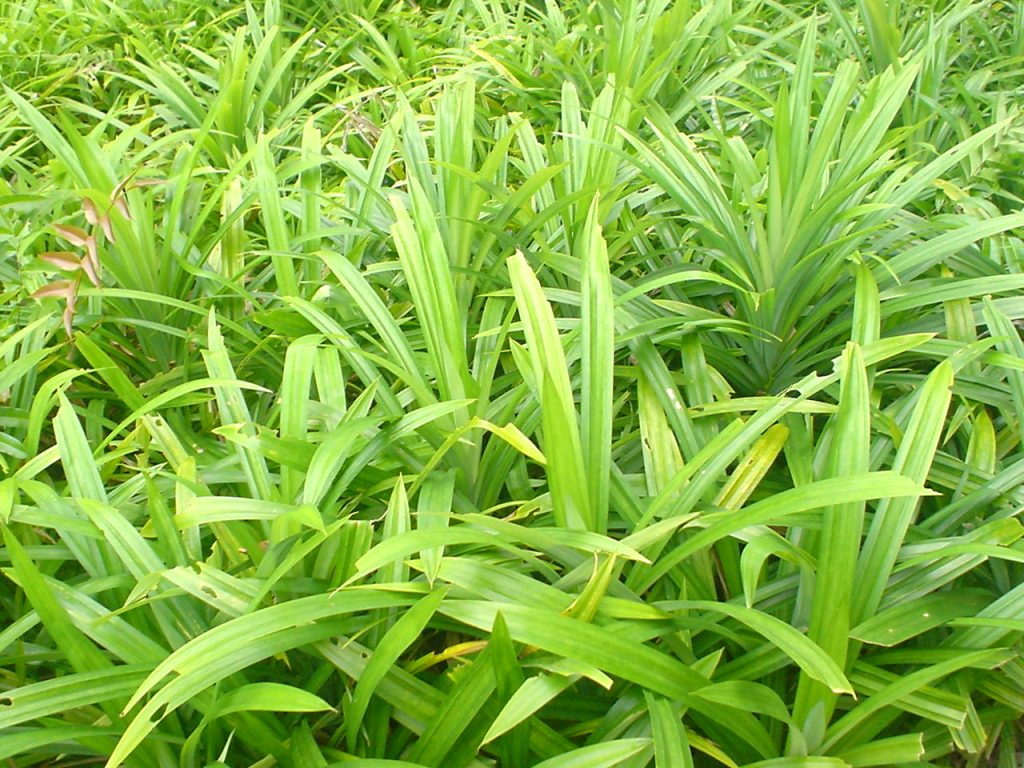
The tropical plant, pandanus amaryllifolius or scewpine is often found to be growing in the wild but later has become widely cultivated after being discovered for its many uses.
It is an upright, green plant with fan-shaped sprays of long, narrow, blade-like leaves and woody aerial roots. Its fragrance can be contributed to the aroma compound 2-acetyl-1-pyrroline, the same compound that gives white bread, jasmine rice and basmati rice their smell.
Pandan and Asians Go A Long Way Back
For centuries, Malaysians and other Asian communities have been using this herbaceous plant to flavour desserts and drinks whether by grounding into a paste or used in savoury dishes to flavour rice and wrap up food.
Why the craze with pandan, though?
This is due to the many health benefits of pandan leaves such as lowering blood pressure, keeping your hair shiny and healthy as well as to replenish your body after a long day.
For those who are now just starting to cook with pandan leaves, here are five sure ways to make use of this green magic leaf in the most optimum way as possible.
Uses of Pandan Leaves
In cooking, pandan leaves impart flavour and colour to food, and can also be fashioned into containers, or used as wrappers. How? Check out these 7 ways of using it in these 7 common Malaysian dishes.
1. Nasi Lemak
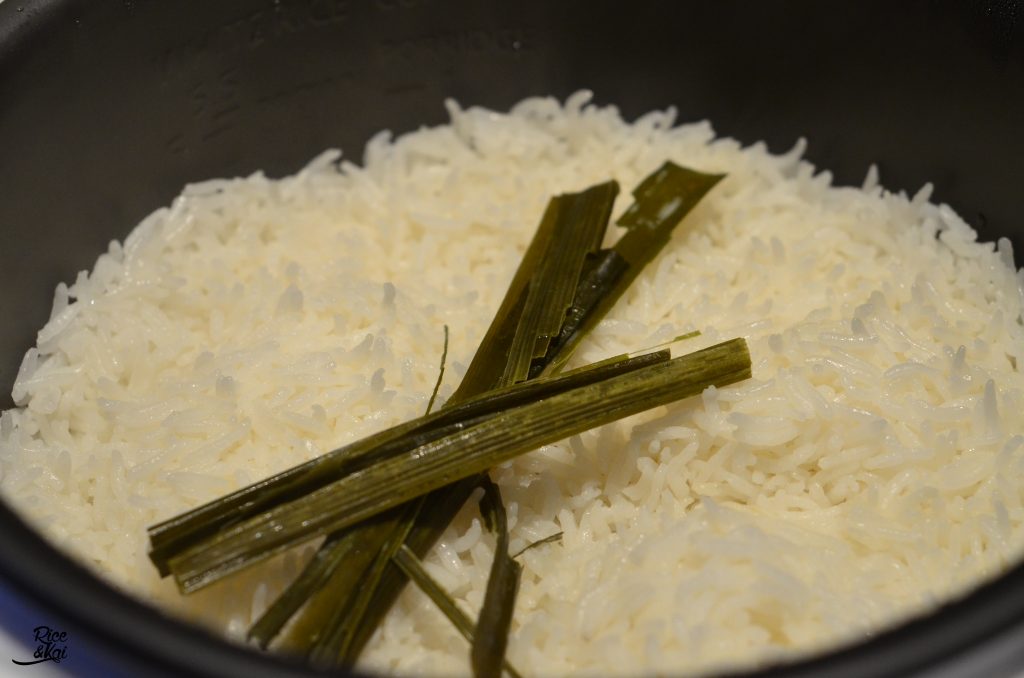
Nasi lemak is a staple breakfast food for most Malaysians. Many would think that the reason it is so well-loved is because of the sambal but in actual truth, the fragrant rice is the component that makes it great. To get that deliciously sweet smell, add in some pandan leaves when cooking the rice.
So, the next time you find yourself unable to wake up and work with a cup of good joe, get a packet of nasu lema on your way to work. The strong, fresh smell of pandan smacking you in the face will be the best wake up call ever.
2. Pandan Cake
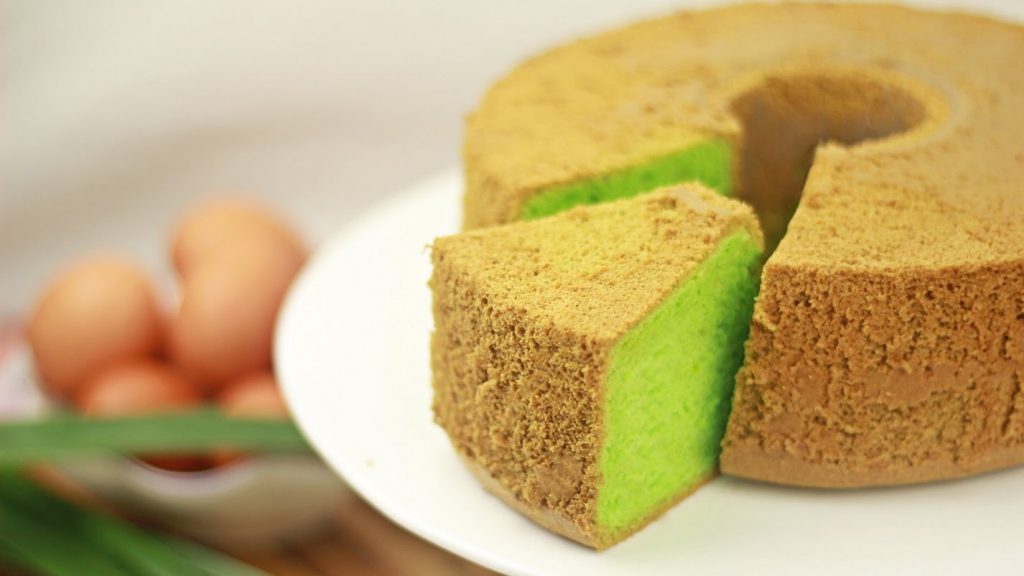
Malaysian desserts and sweets are usually not aesthetically pleasing like the delicate french pastries but taste wise, nothing can beat them. If I have to name one classic favourite of Malaysians, it would be pandan cake.
Pandan cake has a special place in every Malaysian’s heart because it celebrates the simplicity of our preferred local ingredient, pandan. The cake highlights and maximises the use of pandan, both in flavouring, scent as well as colour. Reading this, you must be thinking how decadent it would be, right? You’ll be surprise to discover that the cake tastes fresh, not overly sweet and just perfect for a pick-me-up after a long day.
3. Ayam Kapitan

Ayam kapitan or kapitan chicken is a classic nyonya dish that of course, originates from Melaka. This dish is very easy to prepare but do not get fooled by the simplicity of it. Packed with flavours, it is indeed a dish that just keeps you wanting for more after one bite.
As per usual to any Baba Nyonya dishes, ayam kapitan is a dish known for its fragrant smell and again its fragrance is due to the pandan leaves used. Instead of being used as flavouring by adding the leaves in during the cooking process, pandan is used as a wrap.
However, I must mention that the leaves are inedible. Remove them before enjoying your ayam kapitan. If not, you will be needing more than just a glass of water to wash off the unpleasant taste in your mouth.
4. Kaya
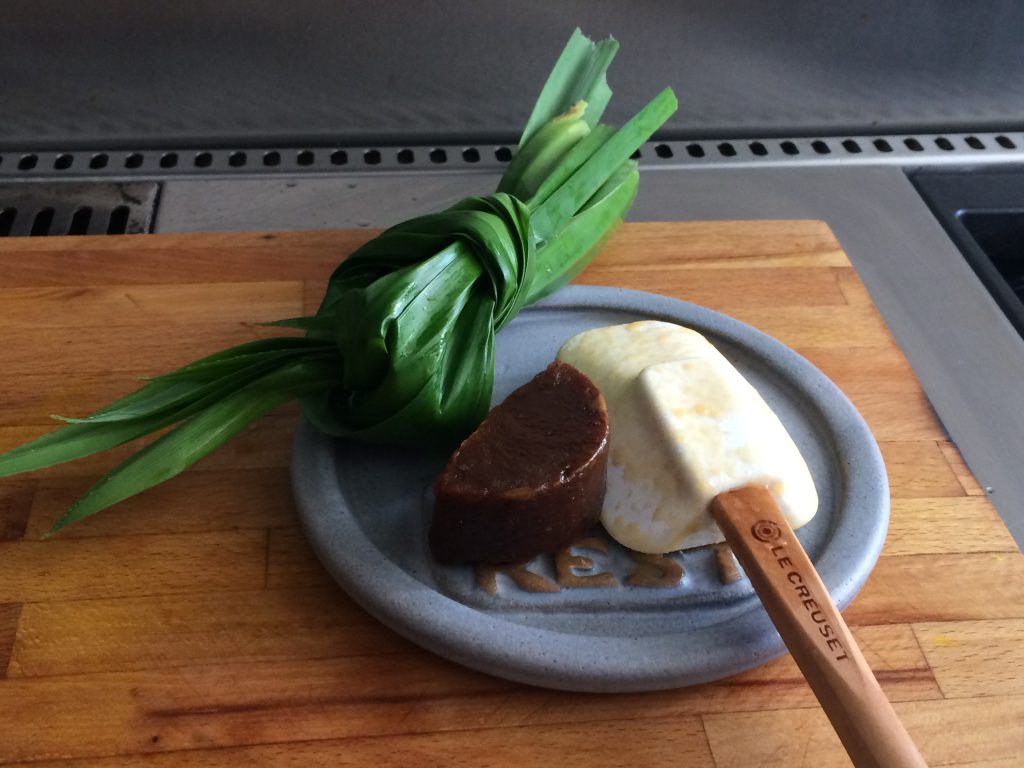
In every country, they have a favourite kind of jam that they like. Just like how the Americans love their grape jelly, the Brits love their marmalade and Australians their Marmite, Malaysians cannot live without our kaya fix.
Before we go in length about this creamy concoction, allow me to tell you a little bit about kaya. With just some coconut milk, gula melaka (palm sugar) and pandan leaves, you are able to create your own kaya at home.
You must be wondering what does the pandan leaves do to the kaya. Pandan is added to give flavour as well as the signature smell of kaya, sweet and indulging. Put it on toast and enjoy it with a cup of hot kopi o.
5. Chicken Rice
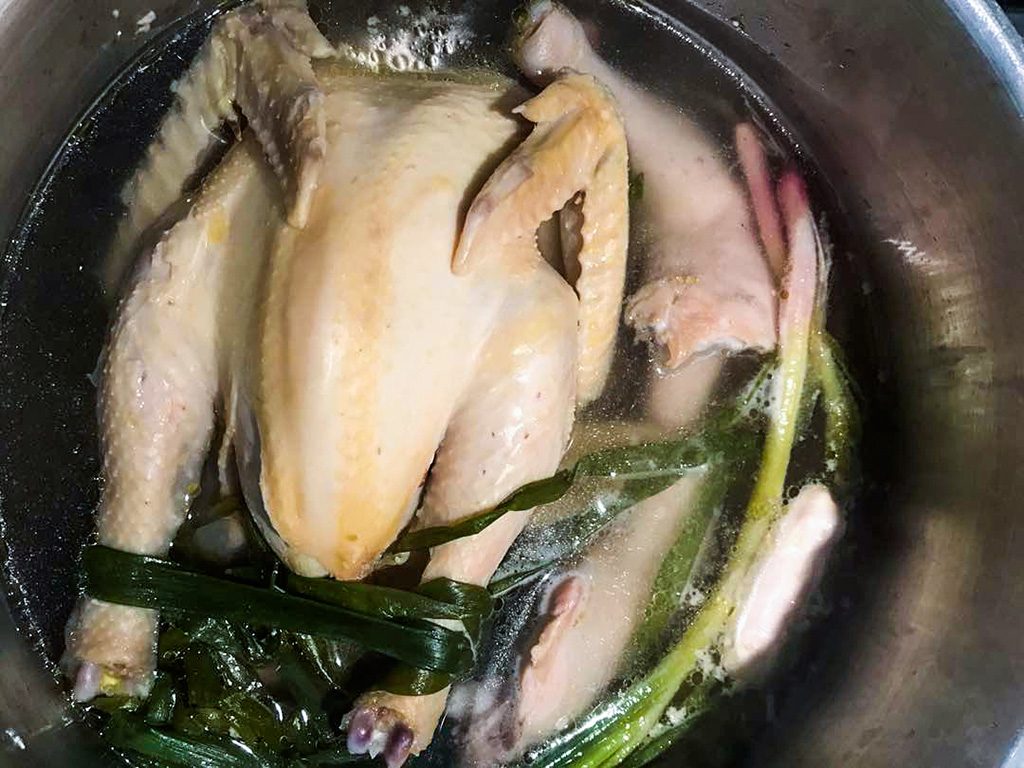
Pandan in chicken rice? Really? Yes, really!
Chicken rice is basically steamed chicken and rice infused chicken stock that is soft and fluffy. Pandan leaves are used to basically make the rice fragrant because who can resist a good smelling chicken rice?
However, putting pandan in the rice is optional. Some people prefer to just highlight the taste of chicken in the rice. After all, it is a dish called “chicken rice”.
6. Bubur Kacang
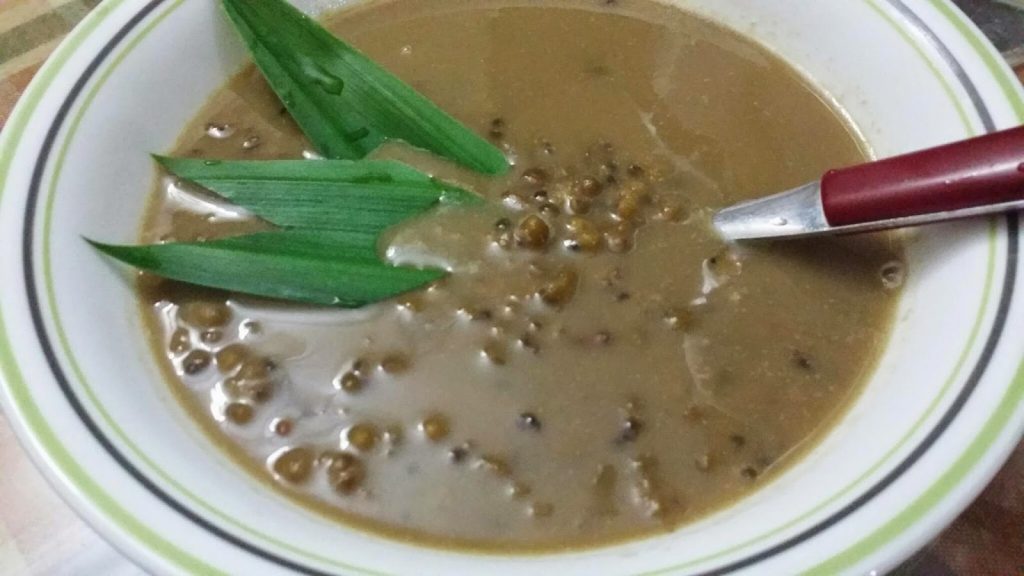
Besides using pandan to make cakes, pandan are also used in other traditional malaysian desserts. Usually, local desserts are meant to freshen the palate instead of just being an end after a good meal.
One of the desserts that used pandan is bubur kacang. Bubur kacang or mung bean soup is basically a teatime favourite for most Malaysians. The scent and flavour of pandan is infused into the soup in order to give it a fresh yet not too sweet taste to the dish.
7. Steamed Buns (Pau)
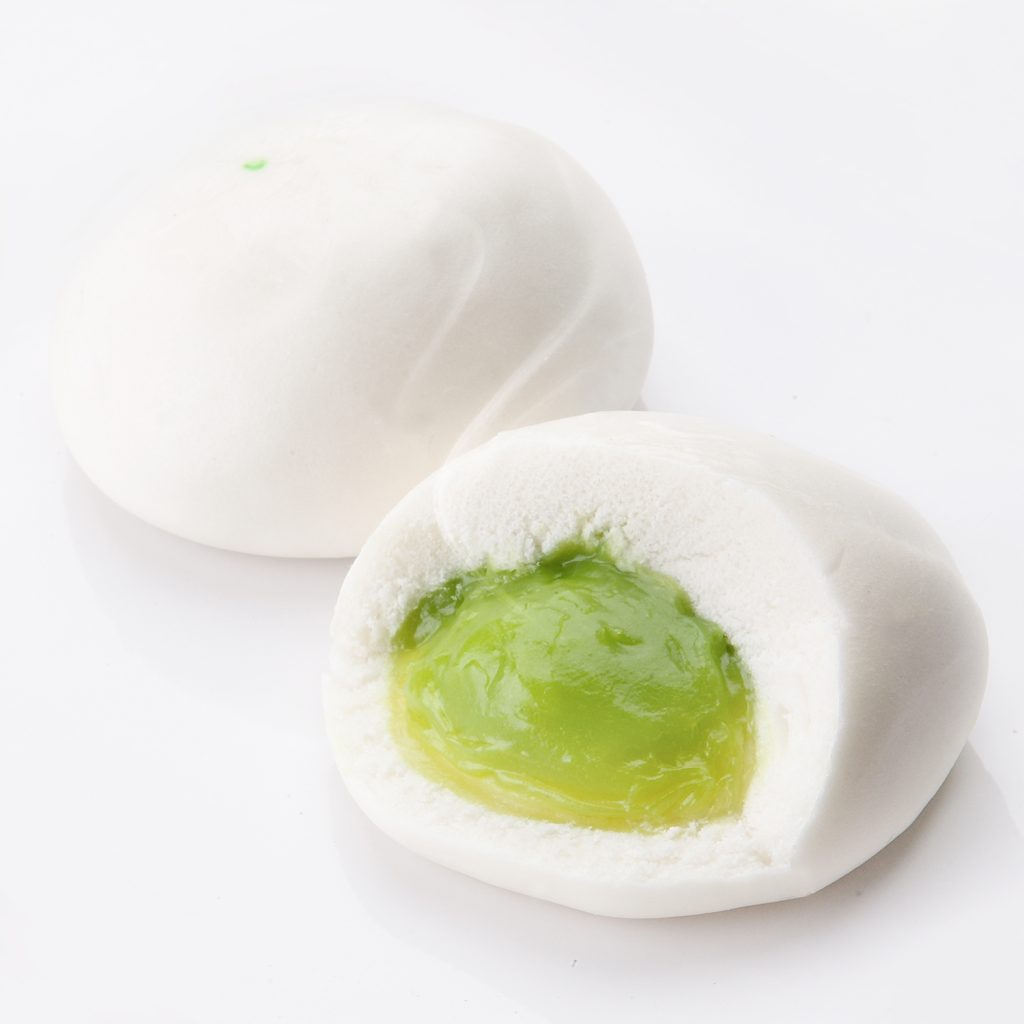
Pau or baozi as the Chinese call it, is a fluffy traditional bun that is filled with meats or vegetables before being steamed. Usually, pau is eaten for breakfast or as a snack and there is a variety of filling choices that are readily available.
In the case of pandan usage in the makings of pau, pandan is usually used either as flavouring or colouring. Pandan-coloured baozis are usually filled with a kaya pandan filling which is fragrant and just perfect to be eaten while hot.
It is fascinating to have a plant with such versatility especially in cooking. With the future of pandan looking bright, it makes complete sense for us Asians in general and Malaysians, especially to further promote this wonderful plant in new dishes; be it in a modern take of our traditional dishes or modern ones.
Let us know what is your favourite pandan-based food that you like by sharing a picture on Instagram with us. Just don’t forget to put the hashtag #butterkicap for us to see it and share with our readers as well as followers!
